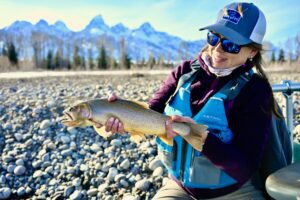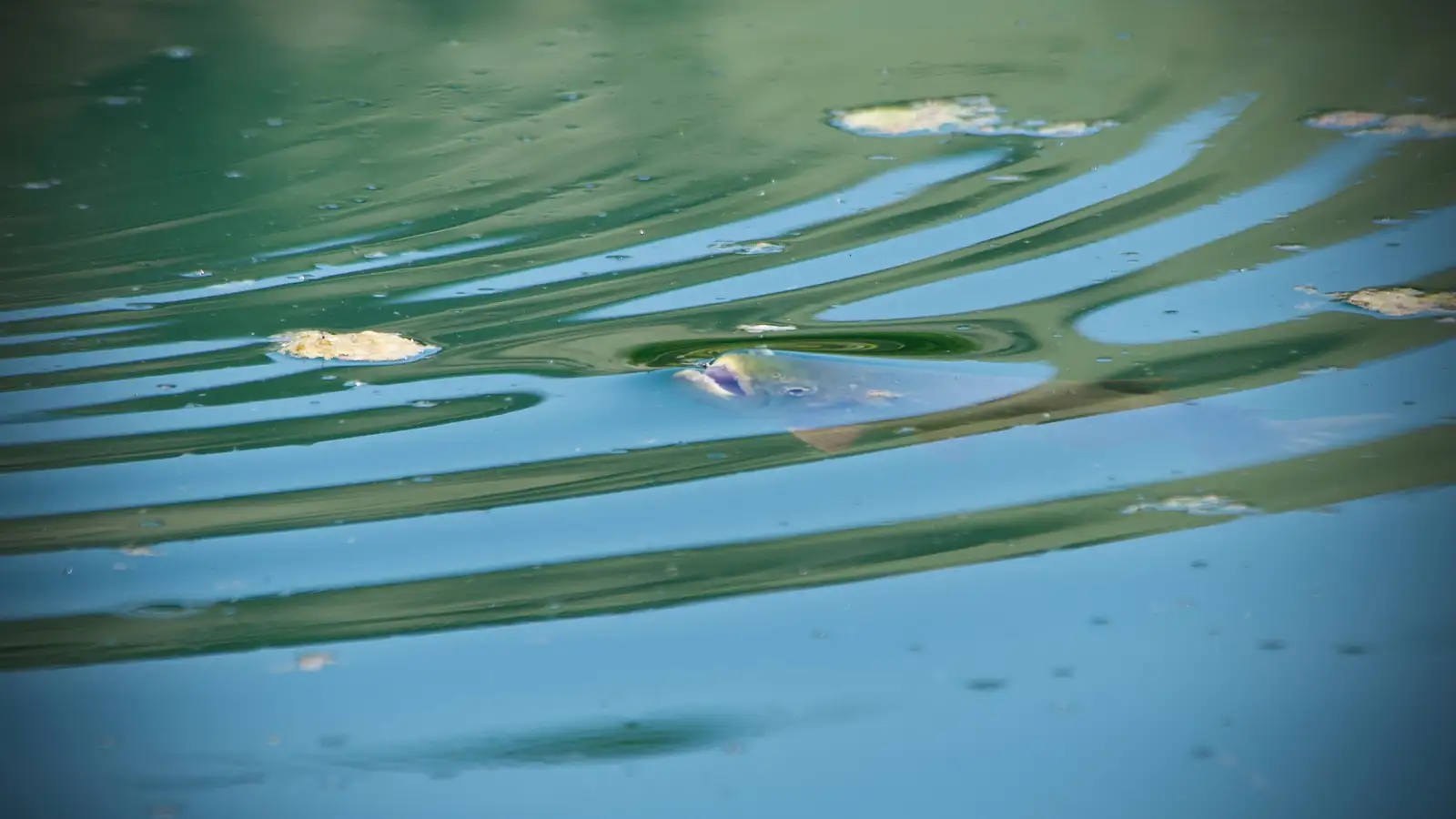The Snake River- Insect Profile Refresher

By Sawyer Finley- GTFF guide, bug expert and just a good dude!

With local rivers running high and off-color, the spring-to-summer transition is in full swing in the Upper Snake drainage. For guides, this can be a frustrating time. Fishing opportunities are limited to tailwaters and lakes, guided trips haven’t yet picked up, and we’re left predominately fishing subsurface, daydreaming of rising trout. But this season also offers a pause—a chance for anglers, guides, and fish alike to witness the seasonal shifts that will shape the coming months. High flows are a reminder to organize flies, clean boats, and look ahead to those perfect summer days on the water.

Alongside sparse hatches, early-season nymphing can be highly productive. Many insects are in their later larval stages, awaiting warmer temperatures to trigger their final transformation. Nymphs of large Perlidspecies (Golden Stones), Siphlonurus mayflies (Grey Drakes), and Ryacophila (Green Sedges) are common in the drift, along with smaller Chironomids and Baetis larvae. As the snowmelt drops the river temperature, the fishing slows until runoff in the Snake and its tributaries begins to taper off.

What follows—the classic summer hatches on the Upper Snake—are what we, as guides, look forward to all year. Golden Stones begin crawling up the cobblestone banks, flying awkwardly and smacking the surface of the water, while caddis flutter in swarms at dusk. Pale Morning Duns (Ephemerella spp.) are a staple of summer fishing, hatching consistently from late June through early September. After shedding their larval shuck, PMDs can be found in subimago form, drying their wings before taking flight in search of a mate, only to return to the surface in brilliant spinner falls. The phenology of summertime emergence and the diversity of insects in the Snake River truly make our area one of the best fisheries for dry fly angling.
As the dog days of summer approach, anglers and fish alike are treated to one of the coolest—albeit finnicky—hatches: the mighty Hecuba. Timpanoga hecuba, a larger mayfly, strikes a recognizable silhouette on the river’s surface during cloudy afternoons in late summer. This hatch often overlaps with others, including Gray Drakes, Mahogany Duns (Isonychia spp.), and early fall BWO (Baetis spp.) hatches. When conditions are right, Hecuba hatches can be intense and long-lasting, similar to Green or Gray Drake emergences.

Due to the large size of adult Hecubas (15-20 mm), fly patterns to imitate them are usually in sizes #10-#12. Emerger patterns can be particularly effective throughout the hatch. Flies that sit low in the water, like a Quigley’s Film Critic or a Cripple pattern, can elicit takes from even the pickiest fish, even after months of consistent fishing pressure.
Warmer days are on the horizon, bringing the excitement of summer fishing closer with every passing day. In the meantime, we’re enjoying the transition, watching the power of the Snake River during runoff, and looking ahead towards casting foam to happy Cutthroat trout. Stay safe and tight lines!

